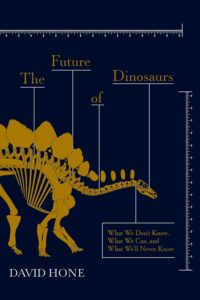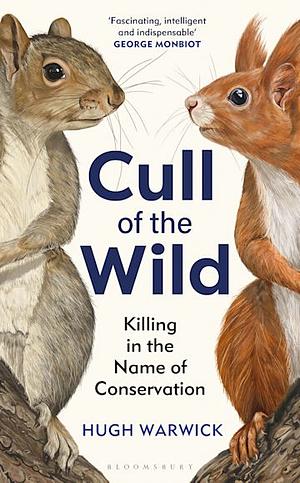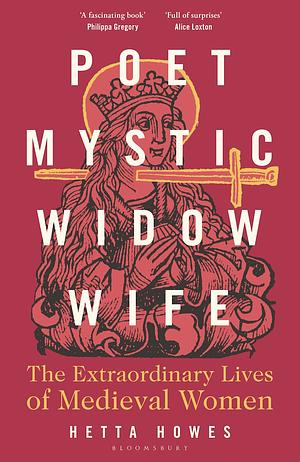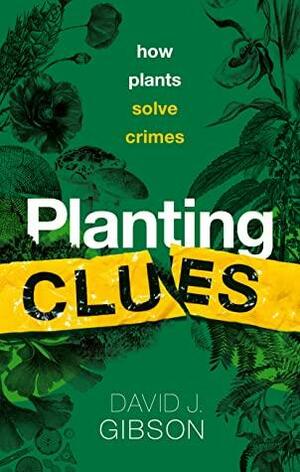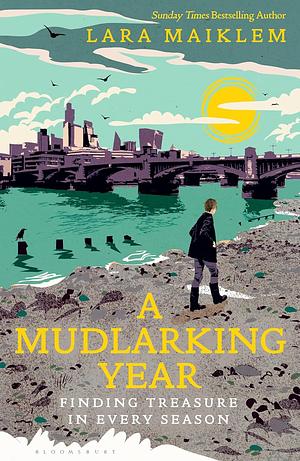
A History of the World in Twelve Shipwrecks
by David Gribbins
Genres: History, Non-fictionPages: 289
Rating:

Synopsis:From a Bronze Age ship built during the age of Queen Nefertiti and filled with ancient treasures, a Viking warship made for King Cnut himself, Henry VIII's spectacular Mary Rose and the golden age of the Tudor court, to the exploration of the Arctic, the tragic story of HMS Terror and tales of bravery and endurance aboard HMS Gairsoppa in World War Two, these are the stories of some of the greatest underwater discoveries of all time. A rich and exciting narrative, this is not just the story of those ships and the people who sailed on them, the cargo and treasure they carried and their tragic fate. This is also the story of the spread of people, religion and ideas around the world, a story of colonialism and migration which continues today.
Drawing on decades of experience excavating shipwrecks around the world, renowned maritime archaeologist David Gibbins reveals the riches beneath the waves and shows us how the treasures found there can be a porthole to the past to tell a new story about the world and its underwater secrets.
David Gibbins’ A History of the World in Twelve Shipwrecks was perfect for my mood and exactly what I’d been hoping for. I’ve been fascinated by underwater archaeology since watching certain episodes of Time Team as a kid, but I’d read another book recently about wrecks that really didn’t satisfy. This worked well, though!
As usual with this kind of thing, he doesn’t quite stick to just twelve shipwrecks, because contextualising each ship in comparison with other similar finds, documentary evidence, etc, can be really helpful — but each chapter does focus on a particular period and context, and there’s detail about the archaeology as well as the context surrounding it. My favourites were the earliest chapters/oldest wrecks, since modern history tends to leave me tuning out, but the author made all of it engaging.
I might maybe wish for numbered footnotes, but I feel I’m on a losing streak with those: few authors feel that’s necessary in a book for laypeople. I definitely wish the bibliography etc were printed in the book; my copy has a link where you can find the resources on the author’s website, but link rot is a thing and I wish people would be more cautious about it and just put the info in the darn book.
Rating: 4/5

